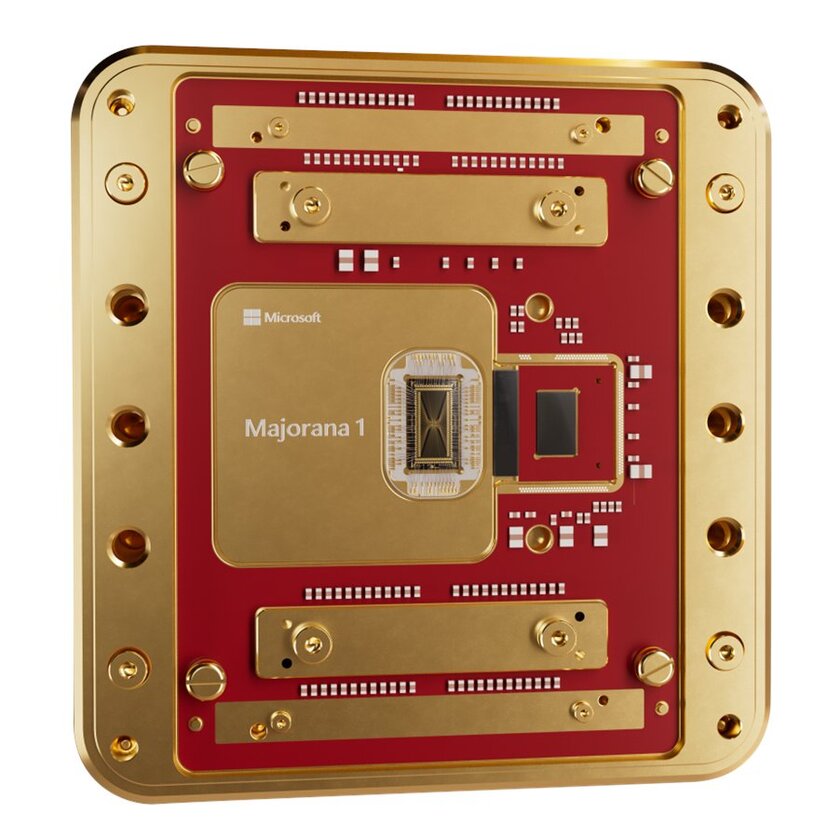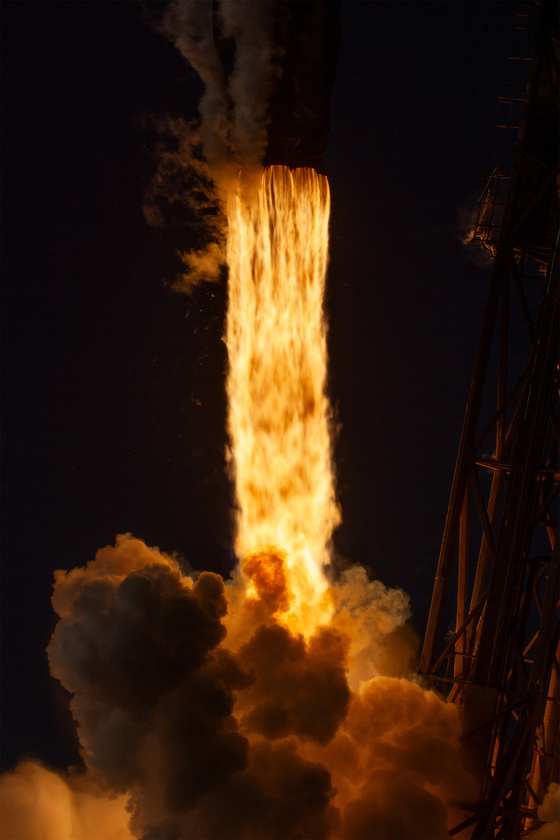Microsoft has unveiled the Majorana 1, the world's first quantum processing unit built on a topological core using topoconductors. The chip, which can fit in the palm of your hand, is capable of solving problems that all the computers on Earth today combined could not, according to Satya Nadella, Microsoft's chairman and CEO.
Microsoft expects to "realize quantum computers capable of solving meaningful, industrial-scale problems in years, not decades," the computer giant wrote in a blog announcing Majorana 1. "It leverages the world’s first topoconductor, a breakthrough type of material which can observe and control Majorana particles to produce more reliable and scalable qubits, which are the building blocks for quantum computers.
"In the same way that the invention of semiconductors made today’s smartphones, computers and electronics possible, topoconductors and the new type of chip they enable offer a path to developing quantum systems that can scale to a million qubits and are capable of tackling the most complex industrial and societal problems."
The Majorana 1 uses a novel "Topological Core" architecture, leveraging Majorana zero modes (MZMs) to create qubits that are inherently more resistant to errors and environmental noise.
The chip is designed to scale up to one million qubits on a single chip, which is roughly the size of a desktop CPU. This scalability avoids the need for massive, impractical machines.
Current quantum chips are highly prone to processing mistakes, but Microsoft’s topological qubits make mistakes at a far lower frequency, approximately once every millisecond.
The Majorana 1 is built using a heterostructure of indium arsenide and aluminum, fabricated atom by atom to form topoconductors. This new state of matter allows for the creation of MZMs, which are used to perform quantum operations.
A quantum computer with one million qubits could address complex industrial and societal problems, such as breaking down microplastics or creating self-healing materials.
“We took a step back and said ‘OK, let’s invent the transistor for the quantum age. What properties does it need to have?’” said Chetan Nayak, Microsoft technical fellow. “And that’s really how we got here – it’s the particular combination, the quality and the important details in our new materials stack that have enabled a new kind of qubit and ultimately our entire architecture.”
Microsoft wrote in the blog that "This new architecture used to develop the Majorana 1 processor offers a clear path to fit a million qubits on a single chip that can fit in the palm of one’s hand. This is a needed threshold for quantum computers to deliver transformative, real-world solutions – such as breaking down microplastics into harmless byproducts or inventing self-healing materials for construction, manufacturing or healthcare. All the world’s current computers operating together can’t do what a one-million-qubit quantum computer will be able to do."
The development of the Majorana 1 is the result of nearly 20 years of research and collaboration with academic institutions, physicists, and material scientists.
Microsoft has chosen to manufacture the Majorana 1 components in-house in the United States and does not plan to make the chip available to clients through Azure, unlike its Maia 100 AI chip.
The goal is to invent the "transistor for the quantum age" and build a scalable architecture around a single-qubit device called a tetron.
Remarking on Wednesday's announcement, Nadella wrote on X, "Most of us grew up learning there are three main types of matter that matter: solid, liquid, and gas. Today, that changed. After a nearly 20 year pursuit, we’ve created an entirely new state of matter, unlocked by a new class of materials, topoconductors, that enable a fundamental leap in computing. It powers Majorana 1, the first quantum processing unit built on a topological core. We believe this breakthrough will allow us to create a truly meaningful quantum computer not in decades, as some have predicted, but in years. The qubits created with topoconductors are faster, more reliable, and smaller. They are 1/100th of a millimeter, meaning we now have a clear path to a million-qubit processor. Imagine a chip that can fit in the palm of your hand yet is capable of solving problems that even all the computers on Earth today combined could not! Sometimes researchers have to work on things for decades to make progress possible. It takes patience and persistence to have big impact in the world. And I am glad we get the opportunity to do just that at Microsoft. This is our focus: When productivity rises, economies grow faster, benefiting every sector and every corner of the globe. It’s not about hyping tech; it’s about building technology that truly serves the world."
While companies like Google and IBM are also developing quantum processors, Microsoft’s approach with topological qubits offers a unique path to scalability and reliability.
However, despite the breakthrough, fabricating topoconductors at scale remains a significant challenge. And while the Majorana 1 shows promise, skepticism around quantum computing’s timeline is still valid, rooted in critiques of error rates and the technical debt of existing architectures.
But this breakthrough overall, represents a significant step forward in quantum computing, with the potential to revolutionize various fields by solving problems that are currently beyond the reach of classical computers.
















